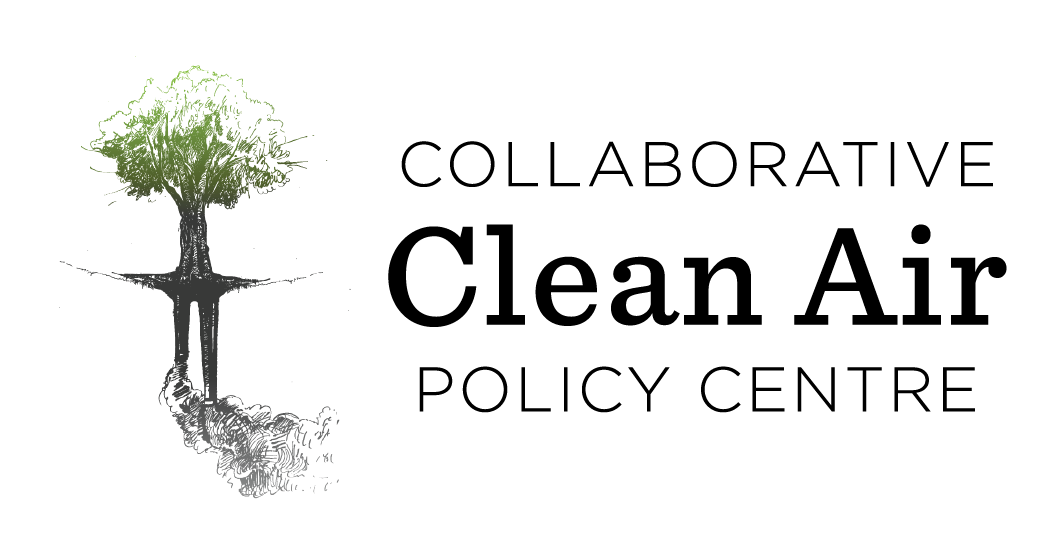The Impact of Household Energy Interventions on Health and Finances in Haryana, India: An Extended Cost-Effectiveness Analysis
Pillarisetti A, Jamison D, Smith KR. 2017. The Impact of Household Energy Interventions on Health and Finances in Haryana, India: An Extended Cost-Effectiveness Analysis. In C. Mock, O. Kobusingye, R. Nugent, K. R. Smith (Eds.), Injury Prevention & Environmental Health, Disease Control Priorities, third edition, volume 7. Washington, DC: World Bank.
Supporting Information [PDF].
This chapter describes an extended cost-effectiveness analysis (ECEA) of policies designed to promote uptake of hypothetical HAP control interventions aligned with three national government programs:
- A low-cost, mud chimney stove, as was promoted in the National Programme on Improved Chulhas that operated from about 1983 to 2002 (We evaluate this program under the same current conditions as the other programs.)
- An advanced combustion cookstove, like that being promoted in the current National Biomass Cookstoves Initiative
- A transition to LPG being promoted in the national Give It Up campaign.
